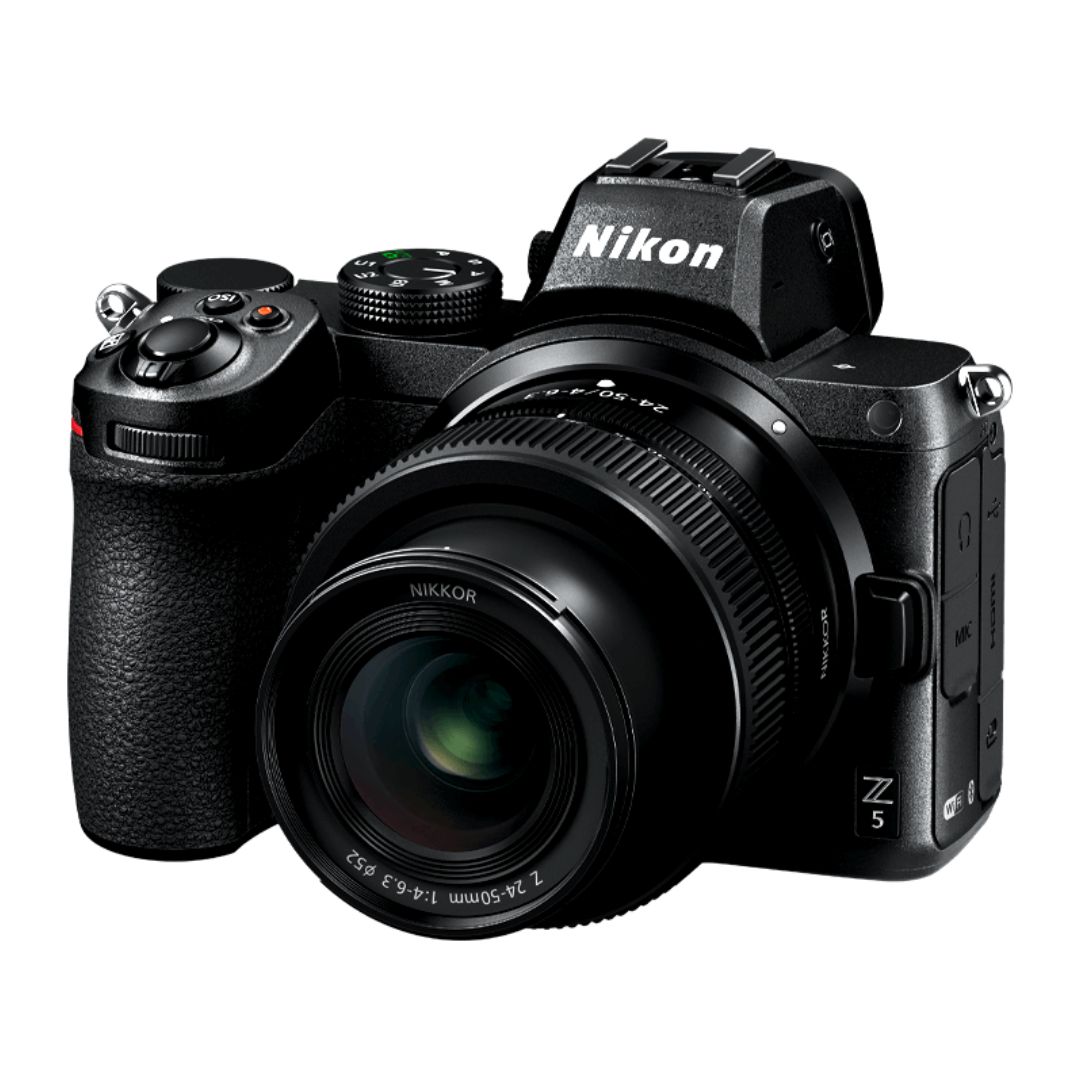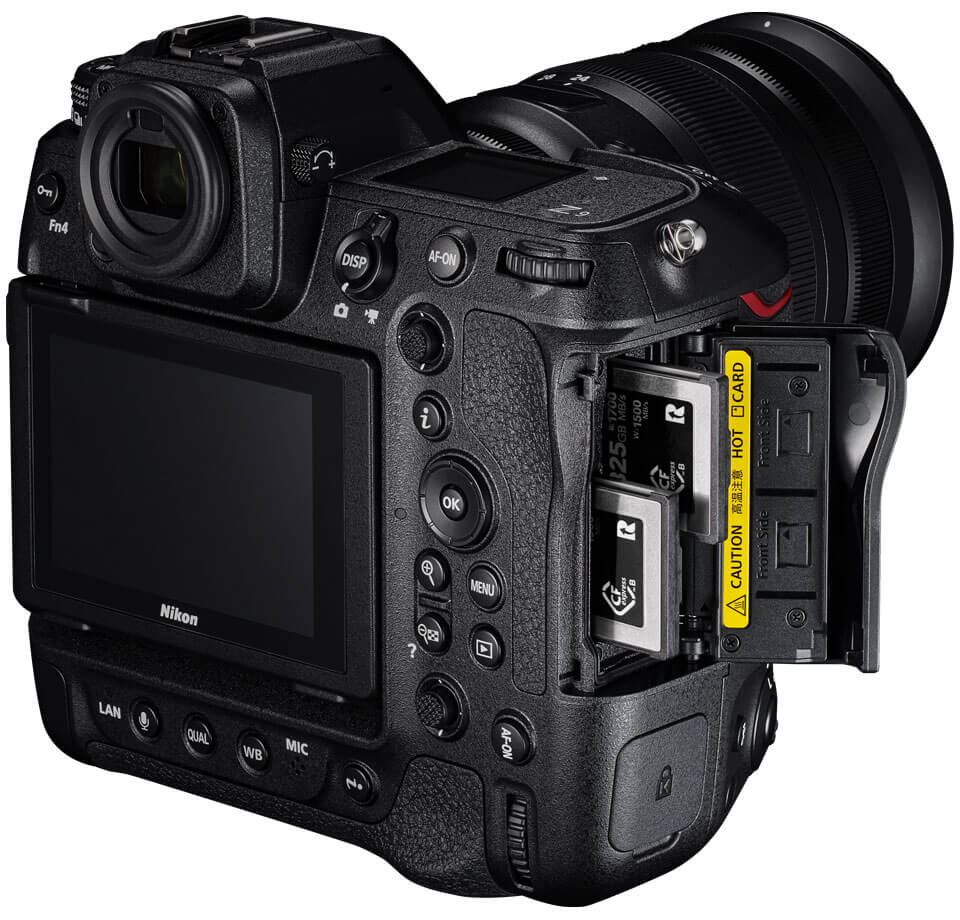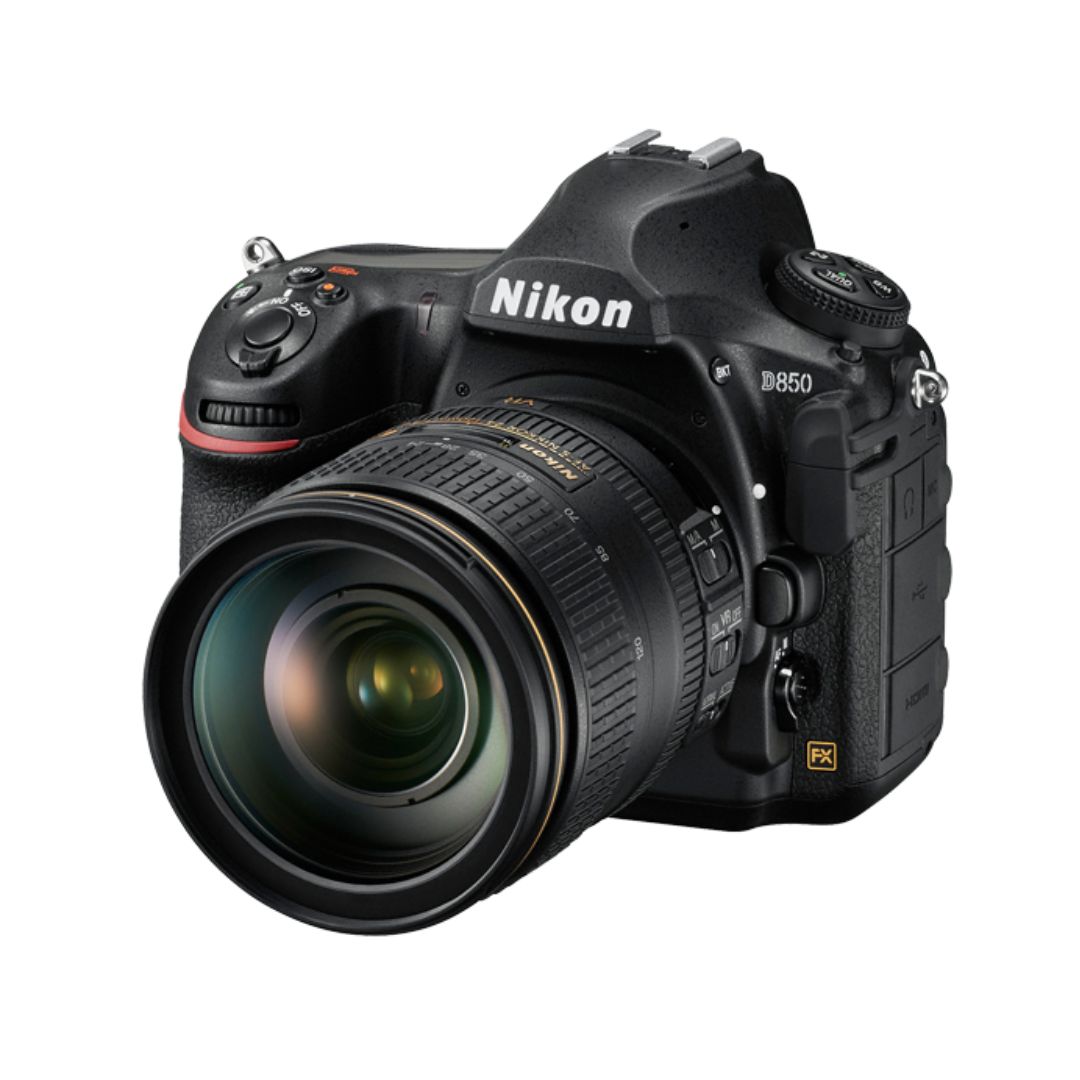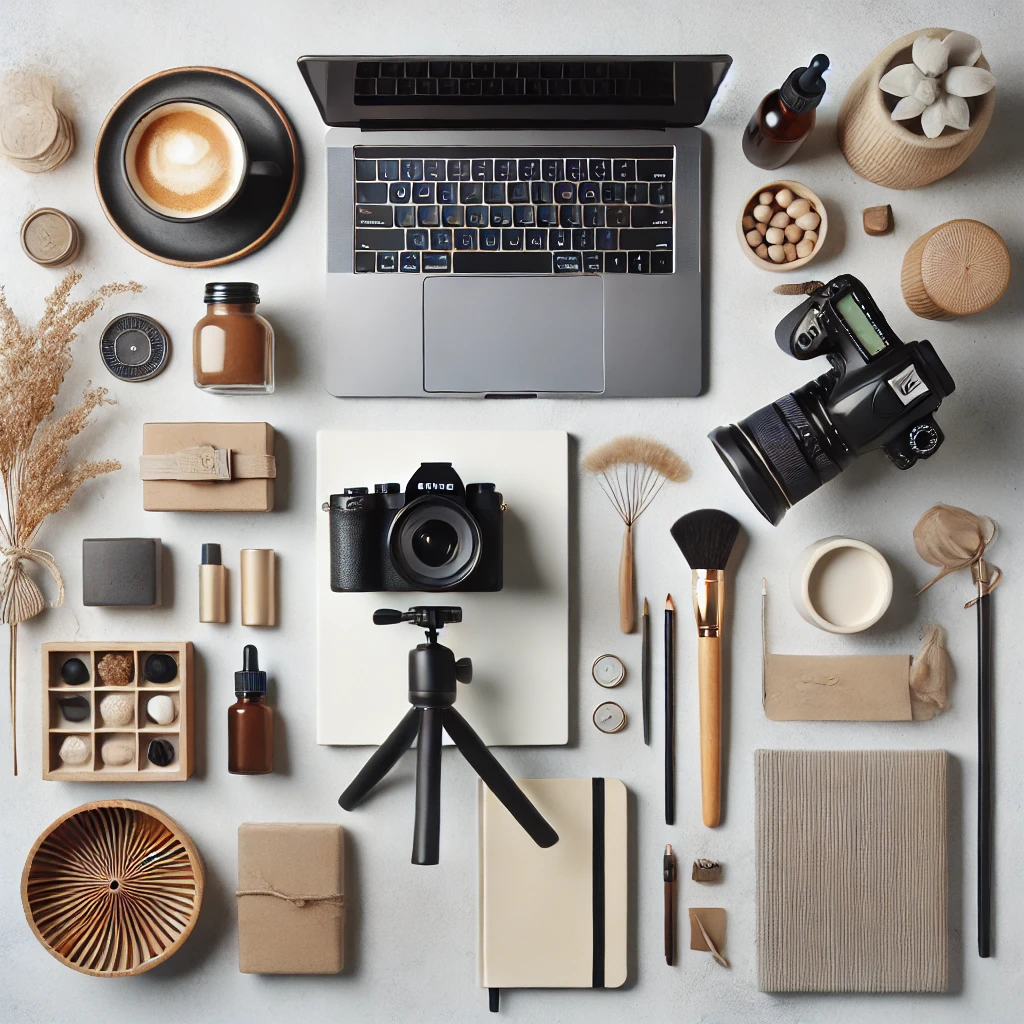Flat lay photography is a powerful way to showcase products with style and creativity. Whether you’re working with fashion, food, or tech gadgets, this top-down photography technique can bring your brand to life. However, achieving a polished and professional look requires thoughtful planning and execution. This guide will walk you through essential equipment, lighting tips, composition techniques, and editing strategies. By the end, you’ll have the knowledge to create visually stunning flat lay product photography that stand out. Let’s dive in!
1. What Is Flat Lay Photography?
Flat lay photography is a technique where objects are arranged on a flat surface and photographed from directly above. This approach creates a clean and structured composition that highlights the details of the products.
Why It Works So Well
- Eye-Catching Appeal: The structured layout draws attention effortlessly.
- Highly Versatile: Works for a range of industries, from beauty to technology.
- Perfect for Storytelling: Elements can be arranged to create a narrative.
- Great for Social Media: Flat lays perform well on Instagram and Pinterest.
By carefully planning your setup, you can make even simple products look sophisticated.
2. Essential Equipment for Flat Lay Product Photography
While you don’t need expensive gear to get started, the right tools can elevate your photography quality.
Must-Have Equipment
- Camera: A DSLR or mirrorless camera provides better control, but a high-quality smartphone can work too.
- Tripod: Helps maintain consistency and keeps shots steady.
- Lenses: A 50mm or 24-70mm lens delivers sharp results. A macro lens is useful for close-up details.
- Backdrop: Choose white or neutral backgrounds for a clean look. Wooden or marble textures add elegance.
- Lighting: Soft natural light works well, but LED panels or softboxes create a controlled environment.
- Props & Accessories: Small items like fabric, leaves, or books add depth and character.
With these essentials, setting up a professional-looking flat lay becomes much easier.
3. Perfecting Your Lighting Setup
Lighting plays a crucial role in ensuring your flat lay images look sharp and professional. The right light prevents harsh shadows and enhances the product’s details.
Best Lighting Practices
- Use Natural Light: Position your setup near a window for soft, diffused lighting.
- Avoid Direct Sunlight: Harsh shadows can overpower the composition.
- Try Artificial Light: Softbox lights or LED panels create consistent lighting conditions.
- Use Reflectors: White foam boards bounce light back onto the subject, reducing dark spots.
Experiment with different lighting angles to see what works best for your setup.
4. Composition Techniques for Stunning Shots
Great composition makes a flat lay visually appealing and well-balanced. A structured layout ensures that the product remains the focal point.
Key Composition Rules
- Rule of Thirds: Position key elements along grid lines for a balanced look.
- Leading Lines: Use props to guide the viewer’s eyes toward the main subject.
- Negative Space: Leaving empty areas enhances clarity and focus.
- Layering: Add elements of different heights for dimension.
- Consistent Colors: A well-matched color scheme ties the image together.
An intentional arrangement will create a polished and aesthetically pleasing image.
5. Styling Your Flat Lay Setup
Props and background choices can either enhance or clutter your image. Keep the styling intentional and cohesive.
Tips for an Aesthetic Look
- Stick to a Theme: Choose props that complement the product.
- Keep It Simple: Too many elements can create a cluttered feel.
- Play with Textures: Smooth surfaces contrast beautifully with rough textures.
- Incorporate a Human Touch: Adding hands or personal items increases relatability.
- Tell a Story: Arrange objects to create an engaging visual narrative.
Well-thought-out styling enhances the product’s appeal without overpowering it.
6. Camera Settings for Crisp & Clear Images
Fine-tuning your camera settings ensures clarity and depth in your shots.
Recommended Settings
- ISO: Keep it between 100-400 to reduce noise.
- Aperture: Use f/4 to f/8 for a sharp focus.
- Shutter Speed: Set at 1/125s or faster to avoid blur.
- White Balance: Adjust based on lighting conditions to maintain accurate colors.
With the right adjustments, your images will appear clean and professional.
7. Editing for a Polished Look
Post-processing enhances the final image by correcting colors and refining details.
Editing Techniques
- Adjust Brightness & Contrast: Balance exposure levels for a vibrant look.
- Remove Distractions: Eliminate unwanted reflections or blemishes.
- Enhance Sharpness: Bring out details without over-processing.
- Crop & Align: Ensure proper symmetry and framing.
Best Editing Tools: Adobe Lightroom, Photoshop, Snapseed, Canva.
A well-edited image increases its impact and professionalism.
8. Avoiding Common Flat Lay Product Photography Mistakes
Mistakes can weaken an otherwise strong composition. Awareness of pitfalls will help refine your skills.
What to Watch Out For
- Uneven Lighting: Soft, even lighting prevents harsh shadows.
- Overcrowded Frames: Simplicity enhances focus and clarity.
- Wrong Camera Angle: Maintain a top-down perspective for a true flat lay.
- Over-Editing: Subtlety in post-processing keeps images natural.
Fine-tuning these details will significantly improve your final shots.
9. Using Flat Lay Product Photography for Marketing
A well-executed flat lay boosts brand appeal and engagement.
Best Practices for Different Platforms
- Instagram & Pinterest: High-contrast, visually striking images perform best.
- E-commerce Websites: Clean, distraction-free layouts highlight product details.
- Blogs & Editorials: Lifestyle-focused images tell a compelling story.
Flat lay photography is a valuable tool for building a strong visual presence.
Conclusion
Mastering flat lay product photography requires practice, creativity, and attention to detail. By refining composition, lighting, and styling, you can create compelling visuals that elevate your brand. Keep experimenting, and soon, your flat lays will captivate audiences effortlessly.

Sony Alpha a7 IV: The Ultimate Camera for Photography

Nikon Z5 Review: Is It Worth It?
-

Nikon Z9 : Game-Changer for Photography
-

Top Features of Nikon D850 That Make It Ideal for Portfolio Shoots
Sony Alpha a7 IV: The Ultimate Camera for Photography
Explore the Sony Alpha a7 IV in this complete 2025 review. Learn how its pro-level features, real-world performance, and hybrid flexibility make it the ultimate camera for photography across genres like portraits, weddings, travel, and commercial work. Table of Contents Section 1: Introduction – Why the Sony Alpha a7 IV Stands Out The Sony Alpha…
Nikon Z5 Review: Is It Worth It?
In 2025, photographers—whether hobbyists, content creators, or professionals—seek equipment that blends value, performance, and future-readiness. Enter the Nikon Z5, a full-frame mirrorless camera marketed as a gateway to high-end imaging without a flagship price tag. But how well does it hold up under real-world demands like studio shoots, weddings, landscape adventures, and lifestyle photography? In…
Nikon Z9 : Game-Changer for Photography
Discover why the Nikon Z9 is considered a true game-changer for photography. This in-depth Nikon Z9 review explores key features, real-world performance, and how it excels in professional photo shoots in 2025. Table of Contents 1. Introduction The photography world witnessed a significant shift with the launch of the Nikon Z9, a flagship mirrorless camera…
Top Features of Nikon D850 That Make It Ideal for Portfolio Shoots
Discover why the Nikon D850 is the ultimate DSLR for portfolio shoots. Explore its top features—from resolution and dynamic range to autofocus precision and workflow speed—that help photographers create stunning, high-impact images for professional portfolios. Whether you’re a portrait artist, fashion photographer, or visual storyteller, a portfolio shoot demands technical excellence, creative flexibility, and uncompromised…
Candid Moments with Canon EOS R10: Lightweight & Reliable
In the evolving world of mirrorless photography, the Canon EOS R10 stands out as a lightweight yet powerful camera tailored for real-life storytelling. Whether you’re photographing street scenes, family gatherings, weddings, or spontaneous portraits, capturing genuine emotion requires a responsive and discreet tool. This article dives deep into how the Canon EOS R10 excels in…
Bold Portraits with Canon EOS R5: Is It the Best for Work?
Studio photography has always demanded precision, artistry, and impeccable gear. As the expectations for commercial portraits, fashion campaigns, and editorial work continue to rise, the tools we use must evolve. Enter the Canon EOS R5, a camera that has stirred the professional waters with its impressive technical specs and forward-thinking design. In this comprehensive Canon…


